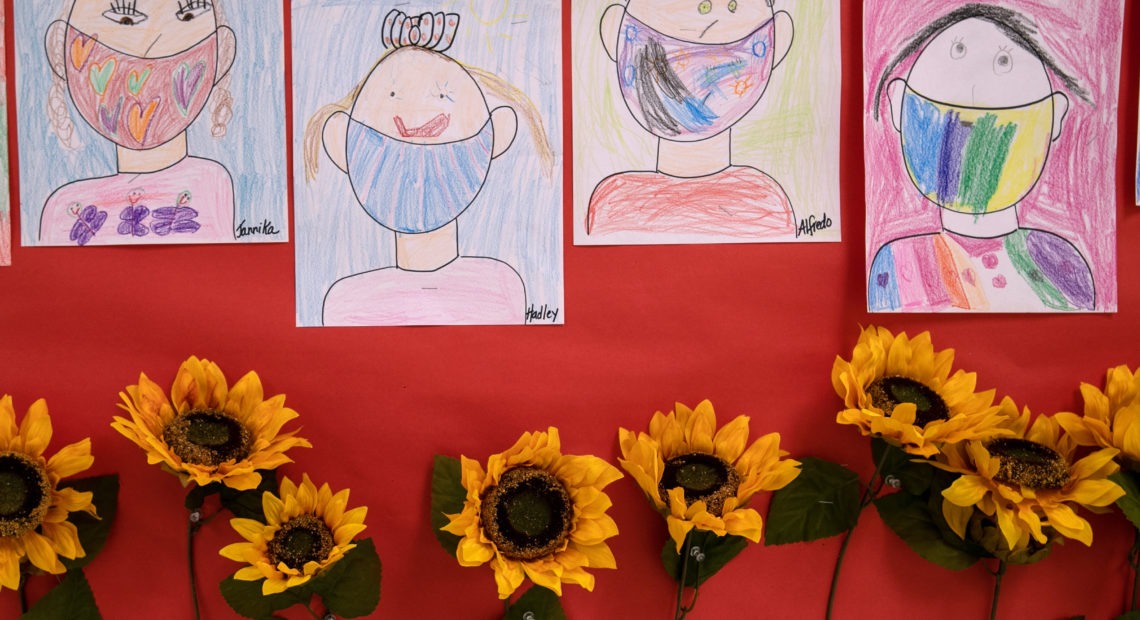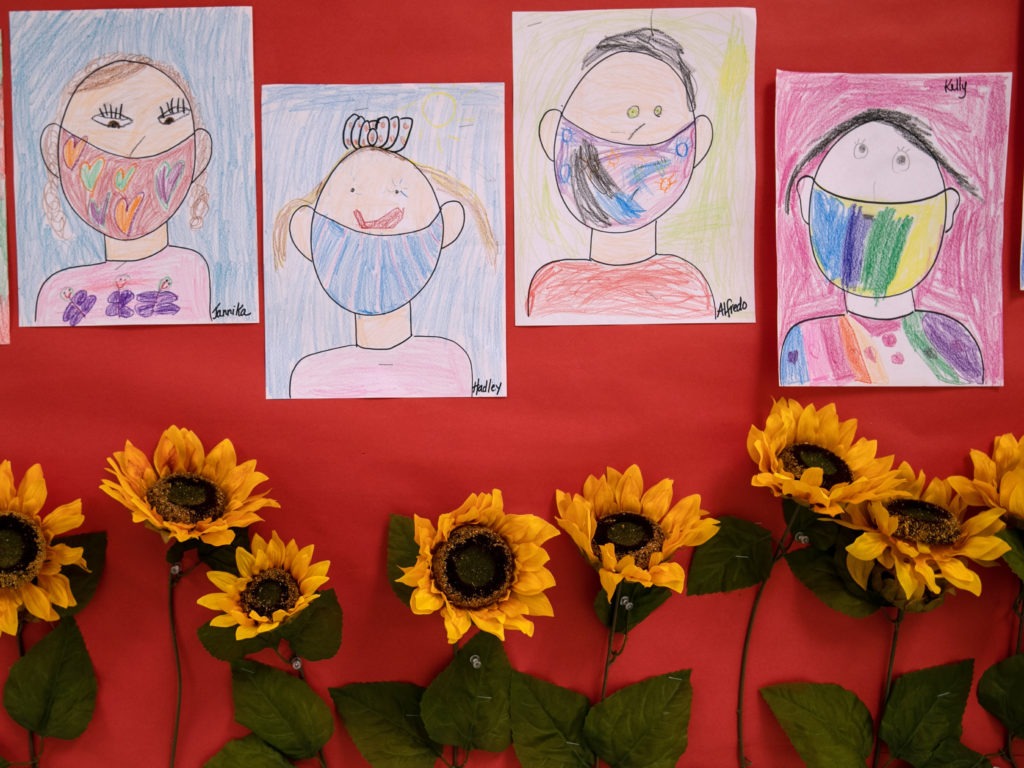
A COVID-19 Vaccine For Children May Still Be Many Months Away
LISTEN
BY ANDREA HSU & ARI SHAPIRO
It may only be weeks until a COVID-19 vaccine is approved for use in the U.S. Pfizer and its partner BioNTech asked the Food and Drug Administration to grant an emergency use authorization for their vaccine a week ago, and Moderna is expected to follow suit in coming days.
But even when those vaccines hit the market, they will not be available to children. That’s because very few children have been part of the clinical trials to date. Pfizer only recently began enrolling children as young as 12.
Earlier this month, the American Academy of Pediatrics called on researchers to broaden their trials to include more children, warning of a significant delay in access to a vaccine should they not act quickly.
ALSO SEE: Coronavirus News, Updates, Resources From NWPB
“Children are not just small adults,” said Dr. Sallie Permar, a professor of pediatrics, microbiology and immunology at the Duke University School of Medicine, in an interview with NPR’s All Things Considered.
A child’s immune system is different from an adult’s, Permar said. “There are certain vaccines that work better in children than adults. And there are certain vaccines that work less well in children compared to adults,” she said. “So they do have to be specifically studied in the pediatric population.”
Interview Highlights
Would you expect that a COVID vaccine for kids could be just a smaller dose of the same vaccine that adults get or a different formula altogether?
That actually needs some investigation to determine what is the right dose and what is going to be also safe in children … The dose does matter. And so, again, they have to be tested specifically in the pediatric population before being rolled out.
Are we going to see the same kind of large scale vaccine trials for kids that we’ve seen for adults, like tens of thousands of children enrolled in these trials?
The good news is that the vaccines have been so effective in adults that what we may be able to do in a pediatric population is just look for whether the children respond similarly or even better than adults. And using some of the information that we gather from the adult trials, like what level of immune response is needed to protect against the infection, there may be able to be trial designs that are much smaller for the pediatric population to just establish that the vaccines can be just as effective at eliciting a protective immune response in children compared to adults.

The American Academy of Pediatrics is calling on researchers to broaden their COVID-19 vaccine trials to include more children.
CREDIT: John Moore/Getty Images
Could you forecast when there might be a safe, effective vaccine widely available for children?
It will be hard to know exactly how long it will take, but I think I’m very hopeful in that we’ve seen such rapid progress in the adult population. But I do want to encourage our vaccine manufacturers and the funders of these vaccine trials to quickly move to the pediatric populations. I really think there’s no reason to delay, but it will be several additional months and likely late into 2021 before we have enough data on pediatric patients to have an approval for that age group.
To get specific, I think a lot of parents understand that the spring semester is going to be a wash, and there won’t be a vaccine in time. But fall semester of next year, should they hold out hope?
I think that would be a great target to be able to have some pediatric trial data before the the opening of the school doors next fall … And I very much hope that that we can stay on track, because we have done such a disservice to our children by closing schools without closing other sectors of our businesses that we know are problematic for transmission, like indoor restaurants and bars.
ALSO SEE: Coronavirus News, Updates, Resources From NWPB
Children are suffering — not as much from the disease itself compared to adults, but really in the way that we’ve addressed this pandemic. That should be motivation to get these trials underway as soon as possible, get these innovations and these really remarkable products that are being developed to the pediatric population and serve our children, put our children first because they are who we’re going to rely on to fight the next pandemics.















